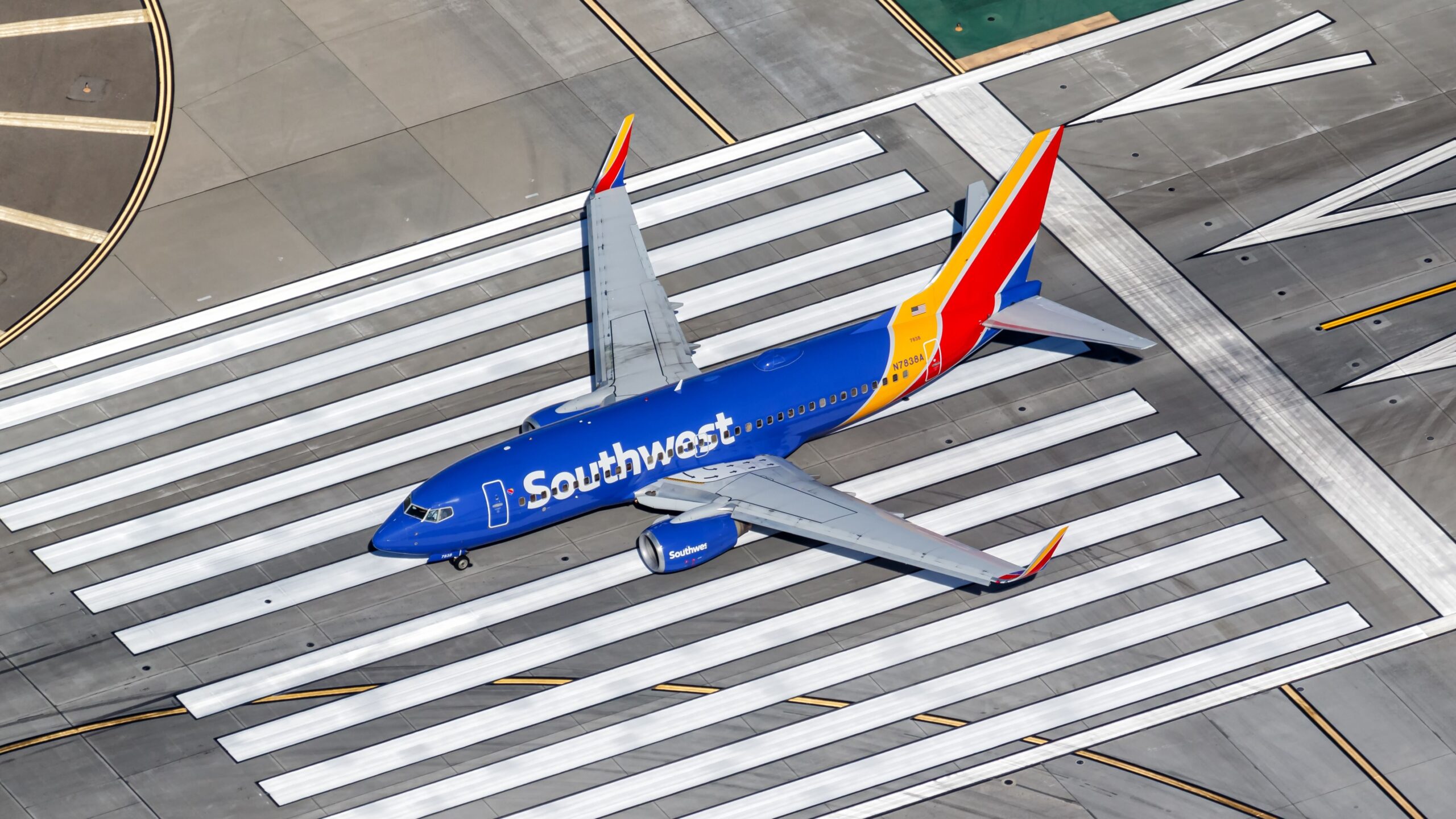The National Transportation Safety Board ( NTSB
) has issued its preliminary report about an incident where a Southwest Airlines Boeing 737-700 and a Diamond DA40 were involved in a runway incursion in October.
Denying to land on runway 26R
The incident happened at Long Beach Airport (LGB) on October 19, with both the  Southwest Airlines
Southwest Airlines
737-700 and the privately operated DA40 operating flights that landed at the airport.
The preliminary report read that after an analysis of the Federal Aviation Administration ( FAA
) air traffic control (ATC) audio recordings, the NTSB determined that the flight crew established communication with the local ATC at 14:42:36 local time (UTC -7), saying that they were inbound on the Area Navigation (RNAV) approach on runway 30.
Photo: EQRoy | Shutterstock
Shortly after, the local control one (LC1) controller cleared the DA40 to land on runway 30, telling the crew that after they landed, they must hold short of runway 26R for traffic.
The pilots of the DA40 requested to circle to land on runway 26R, which the LC1 verbally confirmed. However, at 14:44:38, the controller denied the request and asked the DA40 to still land on runway 30 and hold short of runway 26R for traffic, which the pilots of the general aviation (GA) aircraft read back correctly.

Related
United Airlines Boeing 737 MAX Runway Incursion Forces Southwest Jet To Reject Takeoff In Orlando
The ATC canceled takeoff clearance for a Southwest Boeing 737 MAX already accelerating at high speed.
Separated by 857 feet
Two minutes after the DA40 was denied the circling request and was told to land on runway 30, the flight crew of Southwest Airlines 737-700
, operating flight WN1671 from Oakland International Airport
(OAK), contacted LC1 and said they were inbound for landing on runway 30.
At 14:47:20, the controller cleared the 737-700 to land on runway 30 and warned about an uninvolved aircraft in the pattern. The airline’s crew correctly read back the traffic advisory.
At 14:48:27, LC1 provided a traffic advisory to the crew of WN1671, warning of a Cessna aircraft that was landing on runway 26L, adjacent to runway 30. Runway 26R/8L is an intersecting runway of runway 12/30.
A minute and a half after the traffic advisory about a Cessna aircraft, the DA40 contacted ATC and said that they were holding short of runway 26R on runway 30. At 14:50:05, 15 seconds later, the 737-700 was completing its landing roll on runway 30.
Photo: NTSB
At that time, the Southwest Airlines pilots told LC1 that there was an aircraft on runway 30, namely the DA40.
A preliminary analysis of the incident by the NTSB showed that the two aircraft had been separated by 857 feet (261.2 meters) when the Southwest Airlines aircraft was traveling at a speed of 17 knots, while the DA40 was stopped short on runway 26R.
Both aircraft continued taxiing to their requested parking areas without further incident. After receiving certified automatic dependent surveillance – broadcast (ADS-B) data and audio recordings for the preliminary report, the NTSB will continue analyzing the information before it publishes its final report.

Related
NTSB Determines Interruptions & Distractions As Cause Of 2023 Near Collision At New York JFK
American Airlines’ Boeing 777 accidentally entered the same runway from which a Delta Boeing 737 was cleared for takeoff.
Runway incursion risk audit
On October 15, the FAA announced that, as part of its ongoing safety mission, its air traffic safety oversight service (AOV) has initiated an audit of runway incursion risk at the 45 busiest airports in the US.
“The FAA is committed to identifying and mitigating risk at every level. While overall runway incursions are significantly down, even one incident is one too many.”
Photo: Robin Guess | Shutterstock
The audit was the next step as the FAA has continued to implement recommendations from a November 2023 safety review team’s report, which examined how to enhance air traffic safety and reliability in the US.
According to the regulator, the audit should be completed sometime in early 2025 and will include a risk profile for each airport, along with identifying potential gaps in processes, equipment, and procedures.

Related
FAA Initiates Audit Of Runway Incursion Risks At Top 45 US Airports
The audit will include a risk profile for each airport and identify potential gaps in current procedures, equipment, and processes.




